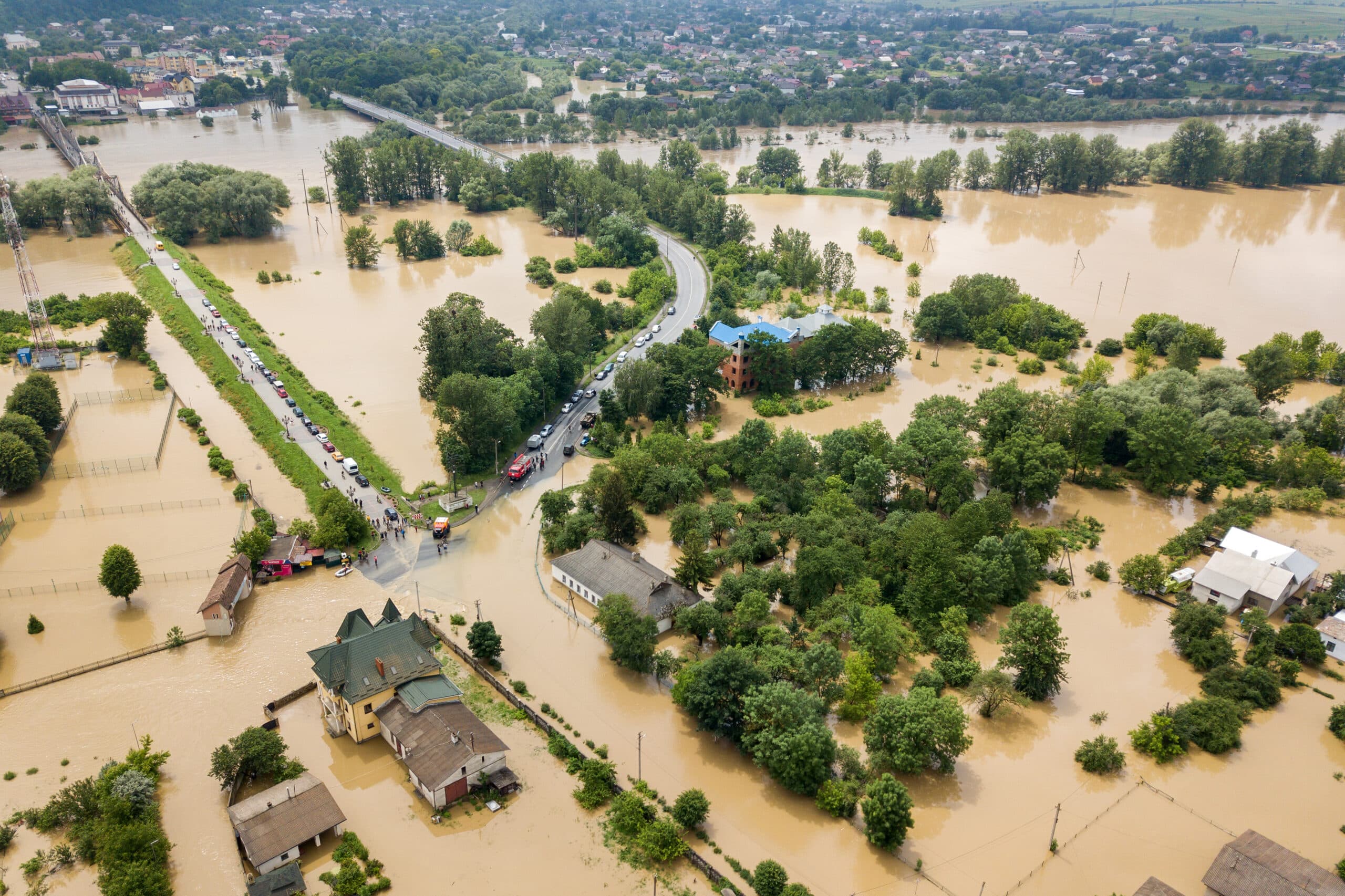
Bengaluru City water master plan
We assessed the potential impacts of climate change on water demand and availability, considering annual baseline precipitation, potential temperature increases, evaporation rates and precipitation extremities.

Challenge
River Cauvery is the major, and to an extent, the only water source for meeting Bengaluru’s water needs. To have a secure and sustained water supply for Bengaluru, it was imperative that the Bangalore Water Supply and Sewerage Board considered the potential impacts of climate change in water resource planning and, in the future, equipped itself with measures that will help in effectively addressing challenges. We assessed the potential impacts of climate change on water demand and availability for Bengaluru City and the key aspects to be considered as part of the master planning criteria.
Insight
Extreme climate and weather events occur more frequently and with more intensity across India, often leaving communities and the water utilities that serve them reeling from the costly aftermath. These extreme events can potentially disrupt water services, including drinking water supply, wastewater conveyance and treatment, and stormwater management.
Annual baseline precipitation for the Cauvery basin is noted for its seasonality and spatial variability. Large areas of the basin receive less than 600mm annually, with only the far northwest highlands receiving substantial falls, although these, too, are highly seasonal. The high rainfall areas do, however, fall mainly within the sub-basins that feed the Cauvery weir and, hence, the Bengaluru water supply. Our analysis found that for Bengaluru City, climate change is likely to lead to an increase not only in monthly mean temperatures but also in the incidence of heat waves. We found that the probability of arid conditions in the study area was markedly more pronounced with climate change. As temperatures increase, the evaporation rates will likely exceed the increased rainfall, potentially leading to an even more water-stressed situation.
Solution
The suggestion is that overall, the water available at the Cauvery weir on an annual and multi-year running average will likely be less over time. This is not only due to increased temperature but also changes in land use and Cauvery River water being used upstream for various activities, including hydroelectric schemes and cooling water extraction.









